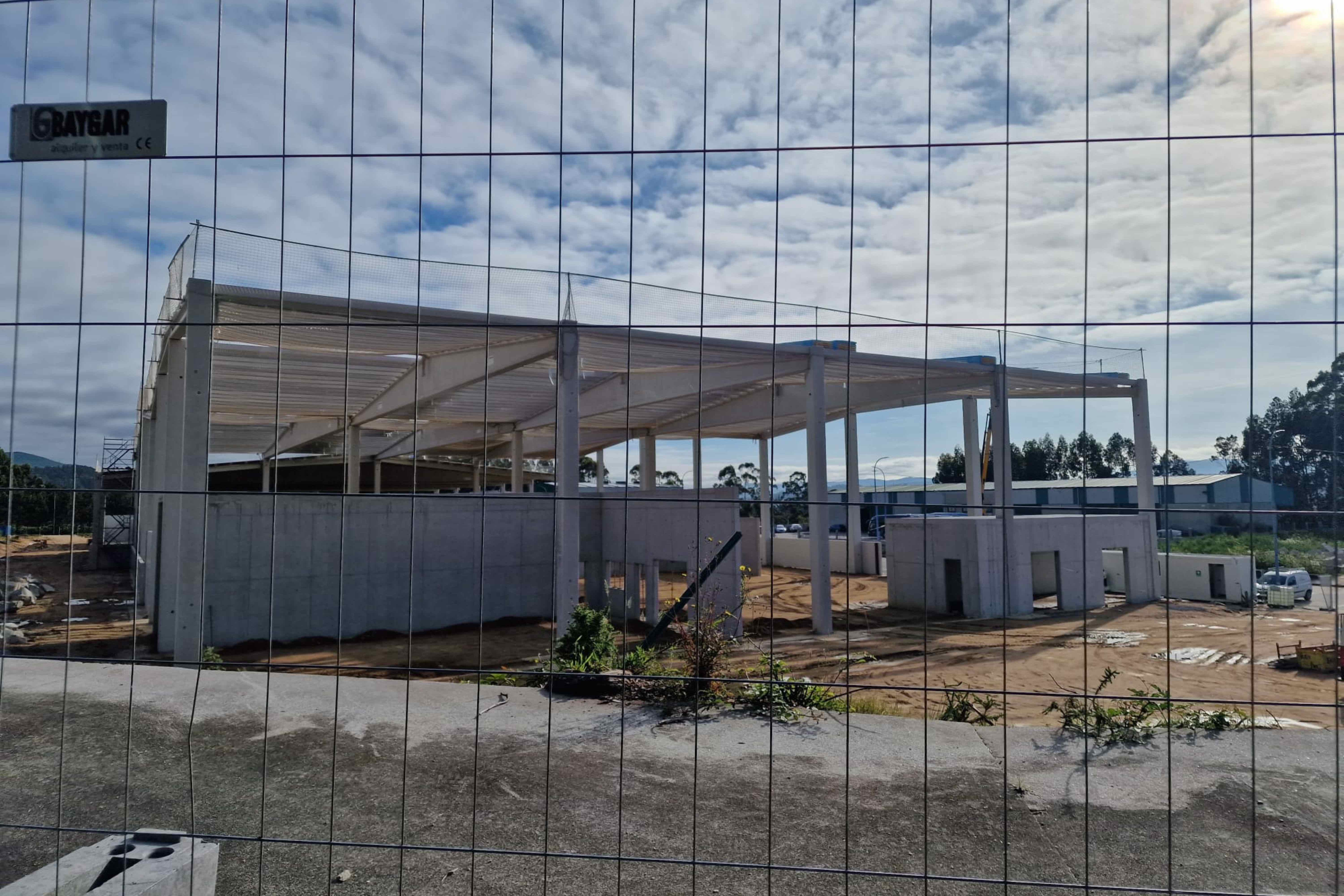
Latest information

The bio-waste plant in Vilanova de Arousa, strategic for Galicia
The Vilanova de Arousa biowaste plant is one of 17 facilities that will make up the infrastructure network designed by the Xunta de Galicia, and executed by Sogama, to recover organic matter by transforming it into compost.
Part of the Regional Ministry of the Environment, Territory and Housing, Sogama is a publicly owned company responsible for managing the municipal waste generated in most of Galicia (295 municipalities in total, with a population of more than 2.2 million inhabitants).
The construction of this plant, which will be built in the Baión industrial park, is expected to be completed in the last quarter of 2023, at which time it will begin to provide service to the 26 municipalities in its area of influence (326,846 citizens).
With a 15.1 million euro investment, the facility, occupying an area of 20,000 m2, will have the capacity to manage 15,000 tons/year of organic matter from municipal waste (FORSU) and another 7,000 tons of structuring material (pruning and wood waste), producing around 6,000 tons/year of high quality compost, which will be used in the agriculture and gardening sector, as a replacement for artificial fertilisers.
The Vilanova plant will integrate the different phases of the composting process for organic waste: from pre-treatment and fermentation, to maturing and storage, as well as the corresponding air and water treatments, making use at all times of the latest available technologies, both for processing and for odor and noise control. It will also be self-sufficient from the point of view of energy, since the energy required for industrial operations will come from renewable sources, mainly solar panels, thus contributing to the fight against climate change.
Network of infrastructures to recover organic matter
European legislation requires municipalities, who are responsible for waste management, to implement the separate collection of organic matter before December 31, 2023. That is why the Xunta decided to help them by providing them with the necessary infrastructure, which will consist of four biowaste plants (one per province): Cerceda, in A Coruña; Cervo, in Lugo; Verín, in Ourense; and Vilanova de Arousa, in Pontevedra, as well as thirteen supporting transfer plants (six newly built and seven undergoing adaptation) which will be equipped with a specific chute for transferring organic matter, which will be transferred to the closest biowaste plant.
The ultimate objective of this resource deployment is that almost all the municipalities belonging to the Sogama system will have a biowaste or transfer plant within 50 kilometers distance. This infrastructure network, which will become fully operational before the end of the year, is backed by an investment of 40 million euros, 30 million of which will come from ERDF REACT EU funds as part of the European Union's response to the Covid-19 crisis.
Sogama's executive president, Javier Domínguez Lino, expressed his satisfaction at the fact that deadlines had been met, since "for a public company, launching 17 facilities in a short period of time is no easy task", with the particularity that the serious energy and materials crisis resulting from the war in Ukraine, as well as high inflation and the price of supplies and services, have been, according to the company's top executive, "real obstacles in the way which, fortunately, we have been able to overcome with large amounts of effort, dedication and perseverance". Domínguez considers that the Vilanova de Arousa biowaste plant, like the others, will represent a step forward in the correct management of waste in Galicia, making it more sustainable, and will be a major ingredient in transitioning our community towards a circular economy, by converting waste into high-value resources.